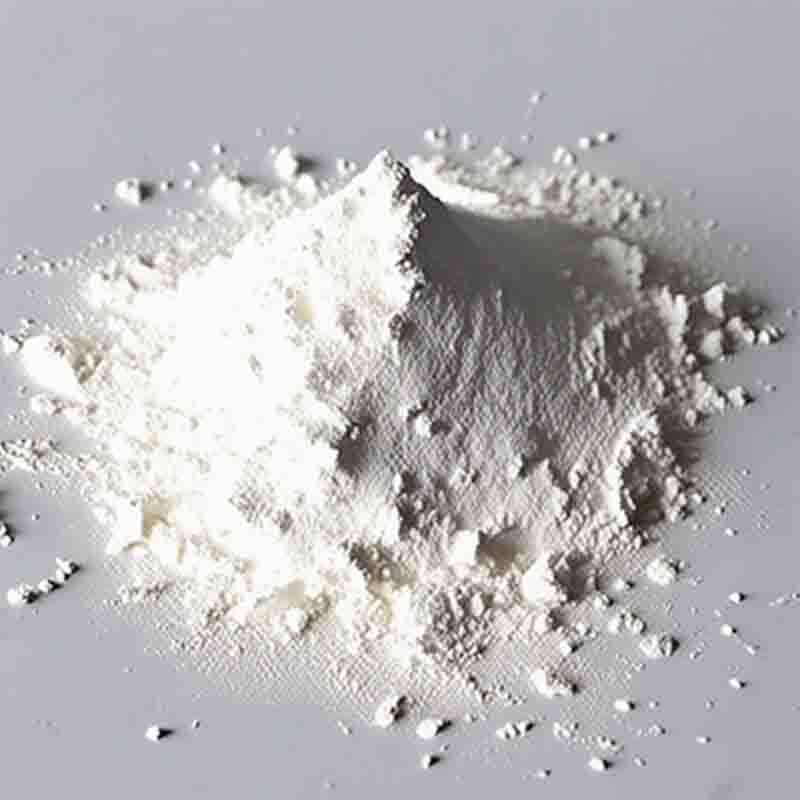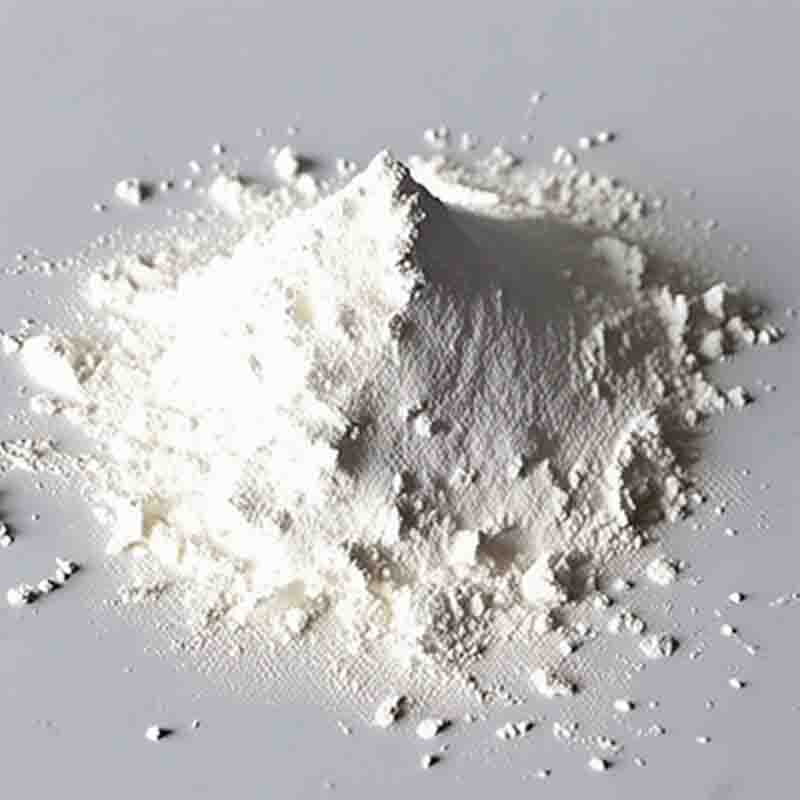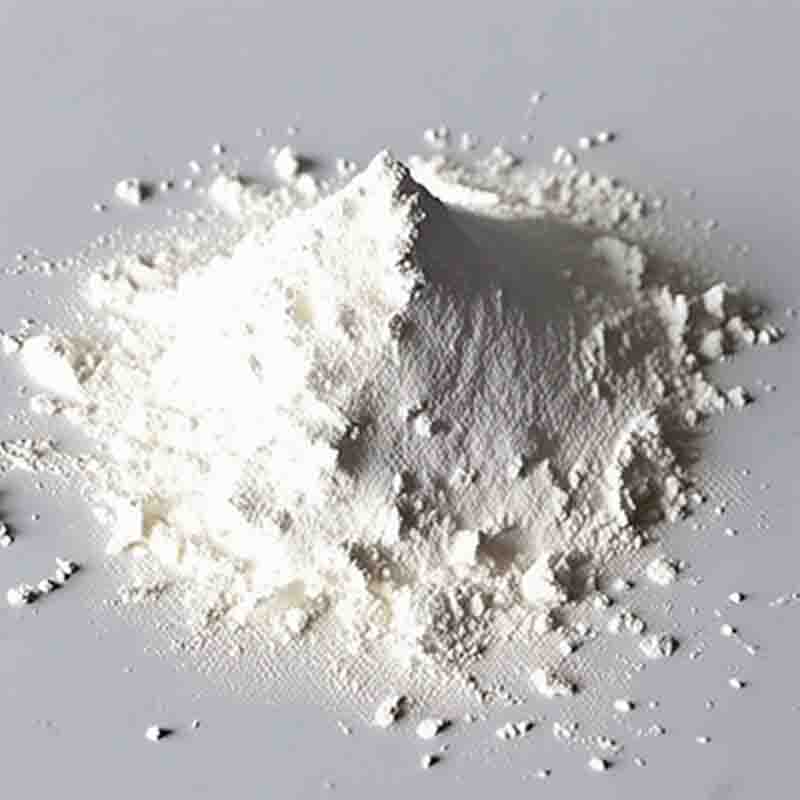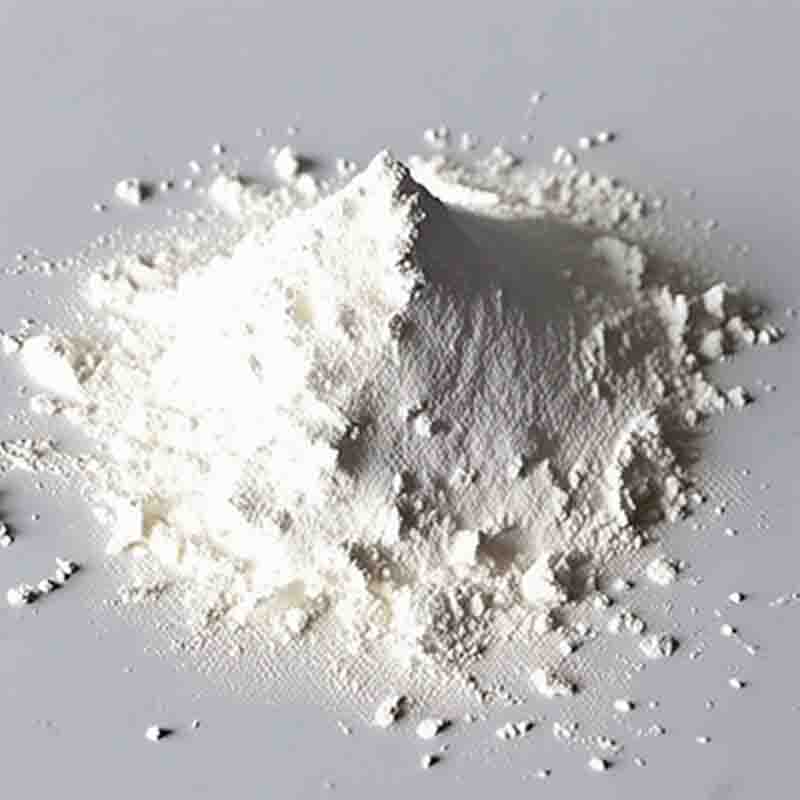EthylAzidoacetate CAS:637-81-0
| Catalog Number | XD95951 |
| Product Name | EthylAzidoacetate |
| CAS | 637-81-0 |
| Molecular Formula | C4H7N3O2 |
| Molecular Weight | 129.12 |
| Storage Details | Ambient |
Product Specification
| Appearance | White powder |
| Assay | 99% min |
Ethyl azidoacetate is a chemical compound with a molecular weight of 129.12 g/mol. This compound has been studied for its potential biological and pharmacological effects, although specific research on its effects is limited.
Azido compounds, in general, have been investigated for their diverse pharmacological properties. One area of interest is their potential as precursors for the synthesis of various biologically active molecules. Azido compounds can serve as important intermediates in the preparation of pharmaceuticals, agrochemicals, and other bioactive substances. Therefore, ethyl azidoacetate may have applications in organic synthesis and medicinal chemistry as a versatile building block for the development of new compounds with potential therapeutic activities.
Additionally, azido compounds have been explored for their potential as antimicrobial agents. While specific research on ethyl azidoacetate in this context is limited, azido derivatives have shown promise as antibacterial and antifungal agents. Therefore, further investigation into the antimicrobial properties of ethyl azidoacetate may be warranted, potentially leading to the development of new antimicrobial agents.
Furthermore, azido compounds have been studied for their potential as antiviral agents. Research has indicated that certain azido derivatives exhibit activity against viruses, suggesting that ethyl azidoacetate may have the potential to be explored for antiviral activity.
In conclusion, while specific information on the effects of ethyl azidoacetate is limited, its chemical structure and the known properties of azido compounds suggest potential applications in organic synthesis and medicinal chemistry. Further research is needed to elucidate its biological activities, pharmacological effects, and potential as a lead compound for drug development. Its diverse pharmacological properties highlight its potential for the discovery of novel drug candidates with therapeutic applications in various disease conditions.





![4-[[(4-Fluorophenyl)imino]methyl]-phenol CAS: 3382-63-6](https://cdn.globalso.com/xdbiochems/白色粉末2302.jpg)


![2-[2-(3-methoxyphenyl)ethyl]phenol CAS:167145-13-3](https://cdn.globalso.com/xdbiochems/白色粉末11308.jpg)
